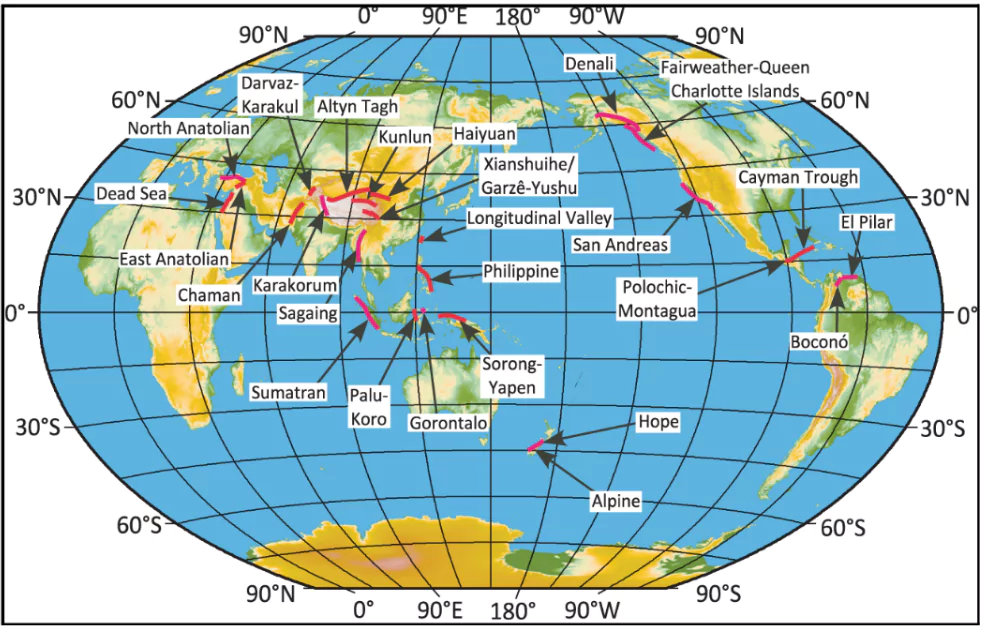A recent study revealed that three sites located along the Denali Fault were once part of a smaller, unified geological feature which symbolized the final joining of two landmasses during Earth’s tectonic history.
Key Findings on the Denali Fault

- Geological Significance: The Denali Fault in southern Alaska has been a significant factor in shaping Earth’s geological evolution.
- Tectonic Movement: Over millions of years, horizontal movement along the fault caused a displacement of over 483 km, resulting in the separation of this unified feature.
- Reconstruction of Geological History: The findings indicate that three locations, the Clearwater Mountains in Southcentral Alaska, the Kluane Lake region in Canada’s southwestern Yukon, and the Coast Mountains near Juneau formed a terminal suture zone.
- A terminal suture zone represents the final joining of tectonic plates or crustal fragments into a larger mass.
- Wrangellia Composite Terrane: The research identifies the Denali Fault as one of the sites where the Wrangellia Composite Terrane, an oceanic plate originating far from its current location, accreted to the western edge of North America between 72 million and 56 million years ago.
- Inverted Metamorphism: The study focused on inverted metamorphism, where rocks formed under higher temperatures and pressures are found above those formed under lower conditions, a reversal of typical regional metamorphism.
- This phenomenon indicates tectonic complexity and aids in understanding crustal deformation and mountain building.
Check Out UPSC Modules From PW Store

About Fault
- A fault is a planar fracture or crack in the Earth’s crust across which there has been significant displacement of crustal blocks.
- Causes of Fault Formation
-
- Faults occur due to the tensile and compressive forces acting on parts of the Earth’s crust.
- The rapid movement along active faults releases energy, causing most earthquakes.
Types of Faults
| Type of Fault |
Description |
Cause/Stress |
Common Features |
Examples |
| Strike-Slip Fault |
Tectonic plates slide past each other horizontally with minimal vertical movement. |
Lateral Stress |
Horizontal displacement; minimal elevation. |
San Andreas Fault, California |
| Normal Fault |
One block of rock slides downward, moving away from the adjacent block. |
Tensile Stress |
Crust stretching along divergent lines ; valley formation. |
East African Rift Zone |
| Reverse Fault (Thrust) |
One block of crust moves upward and overlaps the adjacent block. |
Compressive Stress |
Mountain formation; crust compression. |
Himalayas (India-Eurasian Plate Collision), Rocky Mountains, North America |
![]() 23 Dec 2024
23 Dec 2024



